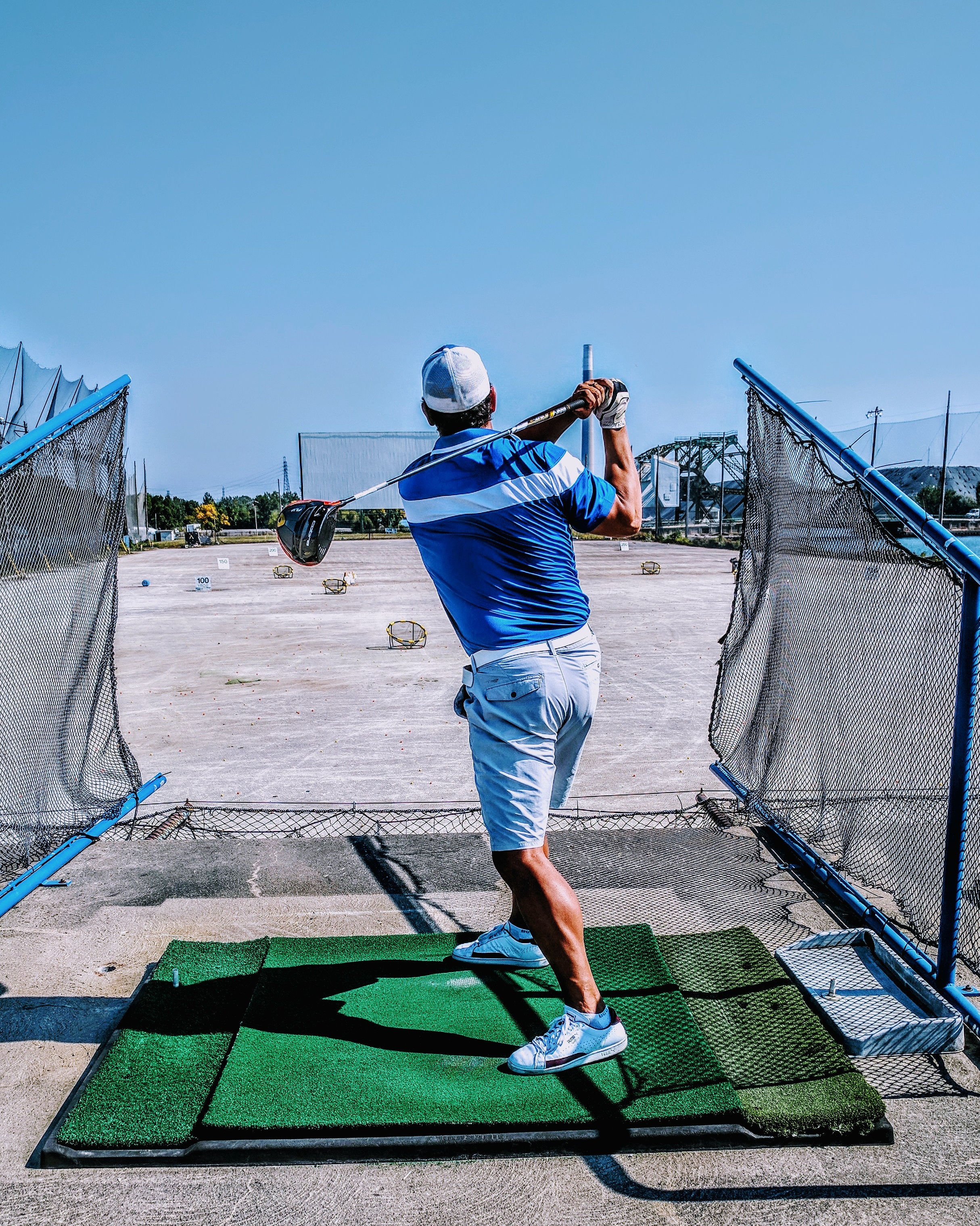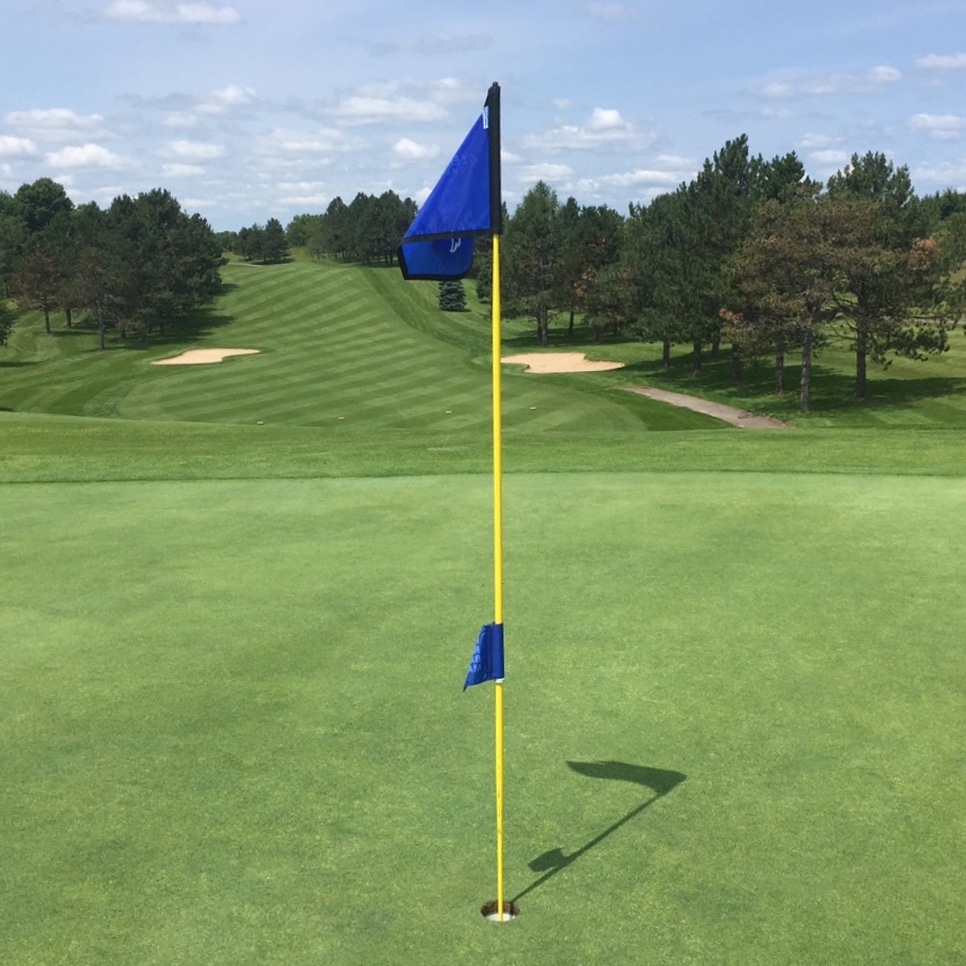Finding the proper Swing Thoughts
The less you have to think about before, and during the Swing the better. I wish I could just select a club, get in position and swing away with no thought at all but that’s never going to happen. The best Players in the world still have one or more Swing thoughts in order to execute their golf swing. Your goal is to find the fewest number of Swing thoughts you require to execute your most consistent golf swing. Most people begin with many more than necessary, and have a very difficult time reducing it. The reason it’s so difficult to whittle down is because we don’t pay close enough attention to which thoughts actually make a considerable difference. In the beginning you will get Swing thought advice from everyone, including total strangers. I’m sure some of you have heard some or all of these.
Top 8 Swing Thought advice
1- Keep your head in the same position during the swing
2- Keep your eyes on the ball and don’t look to see where it’s going until your Follow through naturally lifts your head
3- Keep your forward arm straight
4- Swing with your body, not your arms
5- Transfer your weight into your back foot during the back swing, then shift your weight on to your front foot during the forward swing
6- Hit down on to the ball and take a divot just after ball first contact
7- Allow your hands to turn over through impact to close the face
8- Begin the forward swing by rotating your hips first to create lag
There are many more, and at some point I’ve tried them all. In the end my Swing Thoughts have been reduced to (a) maintaining a slow controlled back swing utilizing my two anchor points, and (b) completing a full swing through to a proper finish position. Some of you are probably surprised by that, and maybe even doubting it’s all I require. I’ll explain why this works for me. First of all a Slow Back swing prevents me from swaying. It keeps me balanced, and prevents my head from moving. The Anchor points keep my forward arm from bending to far, promote a proper rotation, and keep my Swing Path under control. Everything that happens through impact is determined at set up before I actually swing. As long as I’m set up correctly my strike will be decent. Something I learned to accept a while back is that a golf swing is far too fast to correct a poor set up during the swing. Better to take a little longer during set up, and then just trust you got it right. That way I’m able to just swing freely, and focus on getting to my second Swing thought, that perfect end position. Chances are if I finish the swing smoothly my shot will be what I expected. If things go wrong it can only be a problem at set up, bad Tempo, or poor balance. The icing on the cake is figuring out which thing went wrong is relatively easy. If I end up off balance it’s obvious. If my swing gets out of synch it’s a Tempo issue. If the Strike was really poor then the problem was at the set up. It usually only takes me a maximum of 3 Holes to get things fixed during a Round now. I can remember Rounds of golf where something would go wrong with my Swing, and it could take 6 Holes to figure out what. Sometimes I wouldn’t figure out what was wrong the entire Round. The reason I had no idea was because I had too many Swing Thoughts to work through. Was my head steady? Was I transferring my weight too soon, or too late? Had I gotten too armsy? Were my hands forward at impact? If just one thing was wrong I could potentially figure it out. But what if two or more things weren’t quite right? Good luck finding the right combination to fix things in time.
Just because these two Swing thoughts work for me doesn’t necessarily mean they will work for you. My Swing thoughts include a front and rear arm anchoring against my abdomen. Unless you do that as well it won’t make sense for you. I rarely take much of a divot, and don’t compress the ball all that much. As a result of that I don’t hit the ball particularly long. Right now distance isn’t all that important to me. I hit long enough to get around a shorter course, and shoot my target score provided I’m accurate. At some point in order to improve my Handicap I’ll have to learn to hit the ball a bit longer. At that time my Swing thoughts might change, or I might require one more in order to account for compressing the ball at impact.
WHAT SWING THOUGHTS HAVE WORKED FOR YOU?



